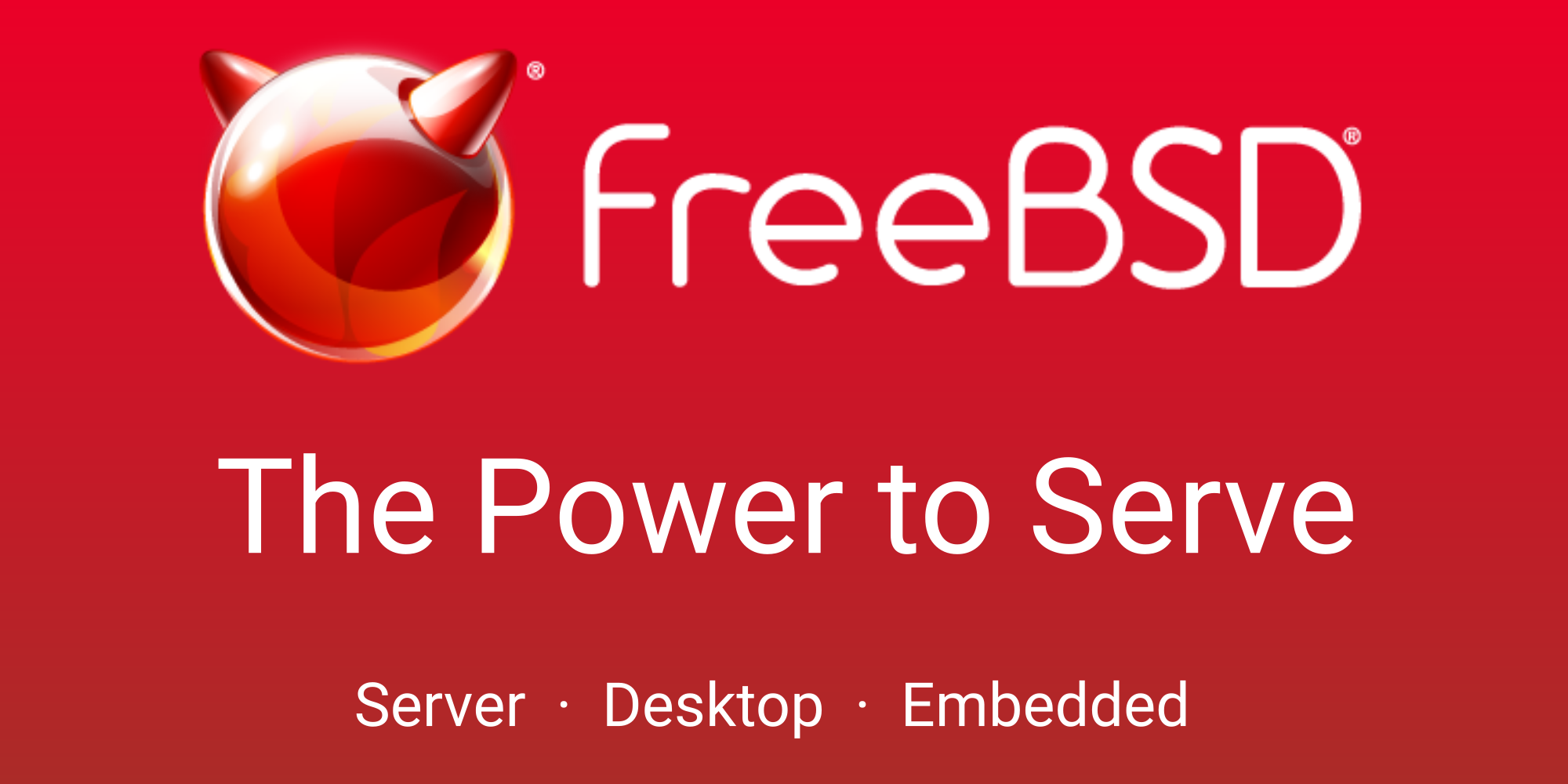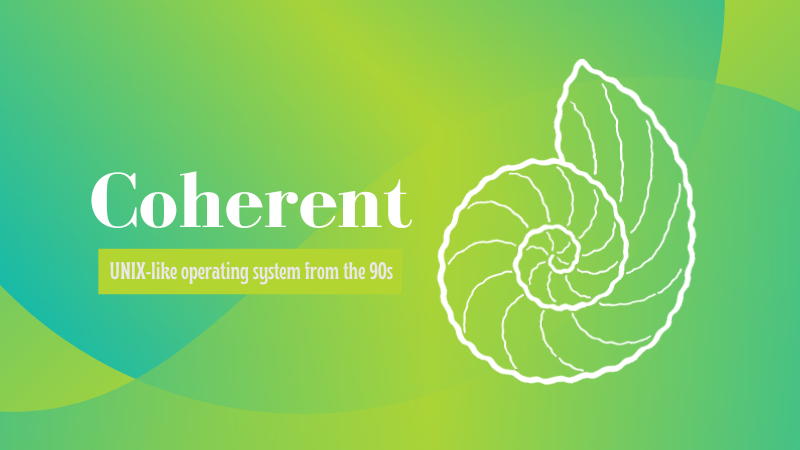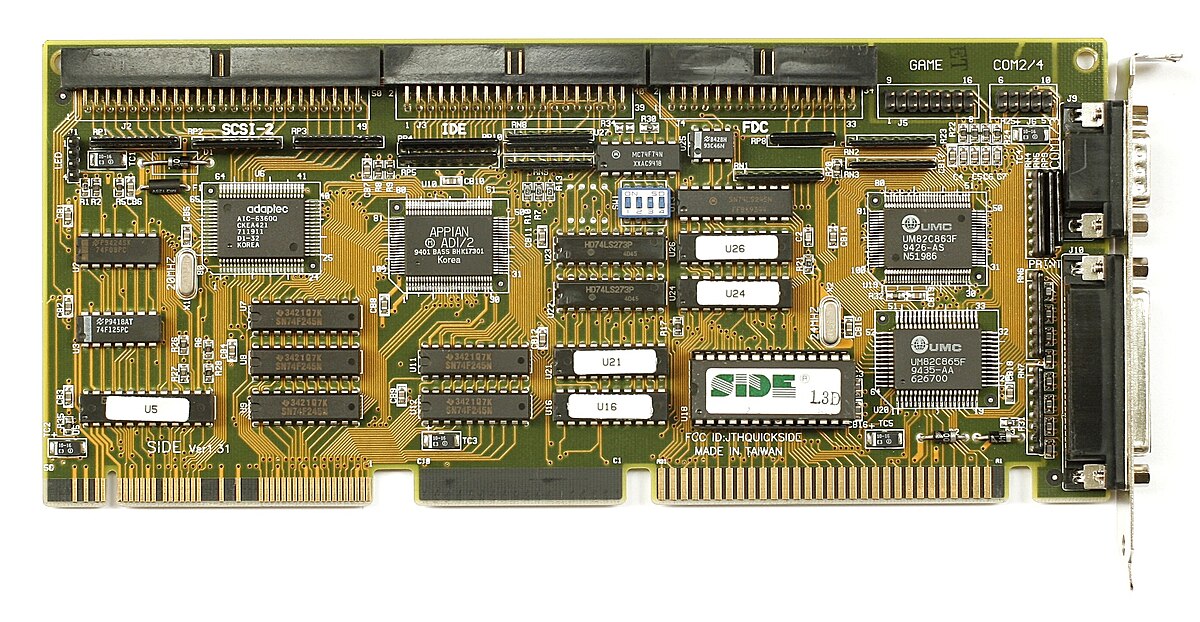I just came across a video about how to repair an IBM PS/2 P70 which I bought many years ago, although I was unable to get it to boot up when I last tried several months ago. If I manage to get it fixed after watching this video, is the any chance I might get FreeBSD installed on it?
View: https://www.youtube.com/watch?v=vRU7U1i2hCU
It only has a 120MB disk, so obviously not, but what about FreeBSD v1.0.
It only has a 120MB disk, so obviously not, but what about FreeBSD v1.0.





